
April 25, 2025: Theatre Yesterday and Today, by Ron Fassler
I’ve written about him before, but there’s always time to reflect on the career of Alfredo James Pacino, born on this day, eighty-five years ago. To me, perhaps like many others, he will always be thirty-two or thirty-four, looking as he did as Michael Corleone in Godfather’s I & II. But that was fifty years ago and the man is still at it, still searching for meaning in his work and, as reflected in his excellent autobiography, Sonny Boy, published last year, still excited at the prospect of continuing on the journey. As evidenced over the decades, Pacino is in love with being an actor and is forever seeking new and different challenges since becoming an overnight star with the first Godfather. Those of us who were among the millions that bought tickets to see in on the big screen vividly remember sitting up and taking notice. And though he’s sometimes taken on projects that I imagine didn’t turn out as well as he might have hoped, no one can ever accuse him of phoning it in. So, to celebrate his birthday today, here’s a look back starting with Pacino’s earliest days as an actor in the New York theatre, and how it laid the foundation for his film performances over the years.

Born in East Harlem in 1940, Pacino grew up in the South Bronx, raised by his mother and grandparents, following his parents’ separation when he was two years old. Shy, he began acting in his early teens and was even accepted at the prestigious High School of Performing Arts in Manhattan. Only he dropped out after his sophomore year (ironically) when they started teaching Stanislavsky’s acting principles, dubbed the Method. It was a technique he would come to embrace years later under the direct tutelage of Lee Strasberg, its foremost proponent. According to Pacino, the pressure to get a job surpassed the need to continue his education, which is how he found himself on the streets at seventeen.
“I come from the South Bronx—a true descendant of the melting pot. I grew up in a really mixed neighborhood; it was a very integrated life,” Pacino told Playboy Magazine in 1979. “There were certain tensions that usually had to do with one’s income situation. Being an only child, I had difficulty with competition. I wasn’t allowed out until I went to school at about six; that’s when I started to integrate with other kids. I was very shy. It wasn’t very pleasant going to school at that age and having the feeling that you might get beat up any day. I think a lot of kids suffer from that kind of tension. I didn’t know how to protect myself very well, because I never learned it.”
When he was eighteen, he moved to Greenwich Village and survived on a series of odd jobs including being a messenger, shoe salesman, supermarket checker, shoe shiner, furniture mover, office boy, fresh-fruit polisher and newsboy. He auditioned for the Actors Studio and was rejected. But at the Herbert Berghof Studio, he met an acting teacher who would become his mentor and closest friend, Charlie Laughton. Pacino would later say, “I wouldn’t have made it here without Charlie.”
But there was something about the lure of the Actors Studio, so Pacino auditioned again. This time he was accepted to study in Strasberg’s private classes. For Pacino, it was everything. “It was directly responsible for getting me to quit all those jobs and just stay acting. It instilled confidence and gave me a place to work out, to connect with people . . . It was a major part of my life. I’ll be grateful to the Actors Studio forever. I’d like to marry that place.”
Though there were a couple of plays Pacino appeared in Off-Broadway in the 1960s, they were some rough years, professionally. But when cast in a 1968 double bill of two one-act plays by Israel Horowitz, attention was paid. The opener, a tepid comedy It’s Called the Sugar Plum (which Pacino didn’t appear in), was brushed off by critics. But the second, The Indian Wants the Bronx, received ecstatic reviews (not only for Pacino, but for his close friend John Cazale as “the Indian”). Happily, their association continued with Cazale playing Fredo to Pacino’s Michael in The Godfather, as well as co-starring together in Dog Day Afternoon. For The Indian Wants the Bronx, Pacino won the Obie award for Best Actor in an Off-Broadway production and the heat was on.

A short time later, Pacino made his Broadway debut in Don Peterson’s Does a Tiger Wear a Necktie? It only ran thirty-nine performances, yet enough Tony voters saw it to award him that season’s Best Featured Actor in a Play (the night he won, the play had already been closed three weeks). For his role as a former drug addict trying to get on the straight and narrow, Clive Barnes, in his New York Times review, wrote: “Al Pacino as Bickham is magnificent—a lumbering, drug sodden psychotic with the mind of a bully and the soul of a poet.”

Does a Tiger Wear a Necktie? opened in February 1969, the very month I began going to the theatre on a regular basis, just before my twelfth birthday. I missed Pacino’s debut but was fortunate enough to see his next play one year later. Grandly produced by the Lincoln Center Theatre at the Vivian Beaumont Theatre, it was a revival of 1953’s Camino Real, a bizarre concoction from the mind of Tennessee Williams. Pacino was Kilroy, described in the play as “having a golden heart the size of a baby’s head.” I loved him in it. His energy was hypnotic as he shuffled and dodged throughout the play like a boxer (which the character was). My thirteen-year-old self even went backstage and got to meet him.

When I knocked on his door, I heard from within a shout of “Yo!” What was this “Yo?” I had never heard the word before. The door then opened and there was Pacino in a state of undress. I can’t remember if it was his shirt that was off or his pants, but what I do remember was that he was all smiles and when I told him how good he was it seemed to make him even happier. He signed my program with a flourish. Then I moved on to the dressing room next door to meet Victor Buono (an actor whose work I was far more familiar with). I mean, c’mon—he was King Tut on Batman! To this day I’m still surprised I knocked on Pacino’s door first.

Once Pacino’s film career took off with The Godfather, he starred in five films over the next four years, before heading back to the Broadway stage. The vehicle he chose was a revival of a David Rabe play, The Basic Training of Pavlo Hummel, which had been presented at Joseph Papp’s Public Theatre in 1971. But by 1977—and with Vietnam in the rear-view mirror—it was time to reassess the play. The reviews were terrific, and Pacino won a second Tony, this time for Best Actor, marking the beginning of a genuine commitment to the stage that would continue and often flourish for the next fifty years.

I thought Pacino was sensational in Pavlo Hummel (hey—he beat out John Gielgud AND Ralph Richardson for that Tony). I have always loved watching him live and have had many opportunities to do so. In the early 1980s, he was sensational in the first New York revival of David Mamet’s American Buffalo, which I originally saw in 1977 in its Broadway premiere with Robert Duvall in the role of Teach. I saw Pacino do it twice actually; once Off-Broadway at the old Circle in the Square Theatre on Bleecker Street, and two years later when he played in it on Broadway with a different cast. He was great both times: fascinating to watch, unpredictably funny and squeezing out every bit of pathos he could find. I also found his Erie Smith in Eugene O’Neill’s Hughie in 1996 totally captivating. Pacino brought a seediness and neediness to the part that was heartbreaking, in what is virtually a 70-minute monologue.

And by far his best stage role over the past fifteen years was his Shylock in Dan Sullivan’s production of The Merchant of Venice in 2010. This was Pacino in rare form; restrained, dignified and terrifying. It was one of the best Shakespeare performances I’ve ever seen. He brought everything he had to it, and the critics agreed.

Pacino himself admits to how his last two outings on Broadway were tough for him. His Shelley Levine in the 2011 revival of David Mamet’s Glengarry Glen Ross was a mixed bag, as was his role in 2015’s China Doll, another Mamet play that (unlike Glengarry) will most likely never again see the light of day. As he mentions in Sonny Boy, “It was tough with China Doll on Broadway because they had written me off. Sometimes, when you become reputable, you get looked at as a body of work instead of as the thing you just did last week.” Now at the ripe old age of eighty-five, we may have seen Pacino's last live performance, but it would be folly to rule anything out when it comes to how he likes to challenge himself. As he once told the writer and critic John Lahr, “Onstage, in the zone, you’re up in the sky with the theatre gods—love it, love it, love it.”
Ron Fassler is the author of the recently published The Show Goes On: Broadway Hirings, Firings and Replacements. For news and "Theatre Yesterday and Today" columns when they break, please hit the FOLLOW button.


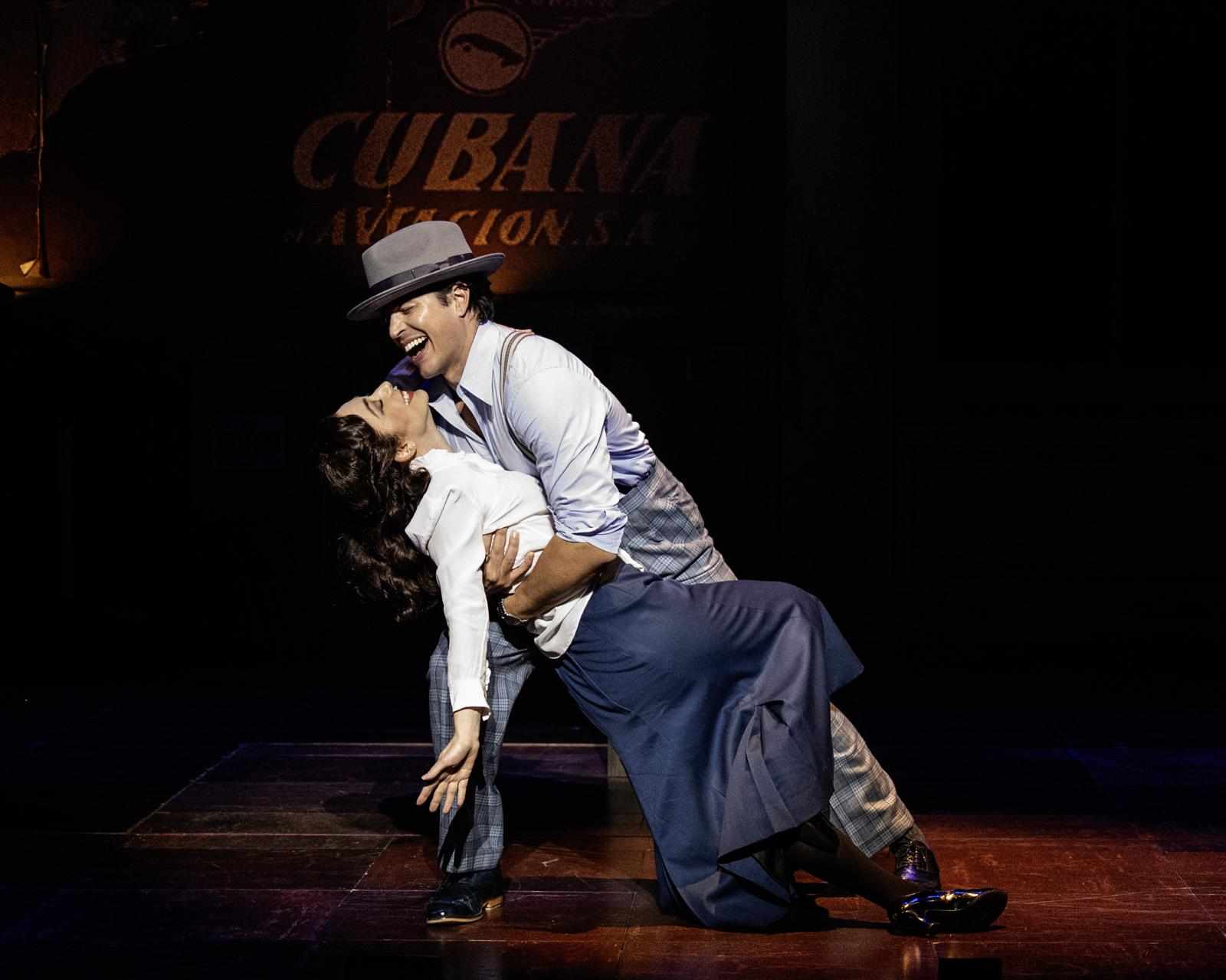
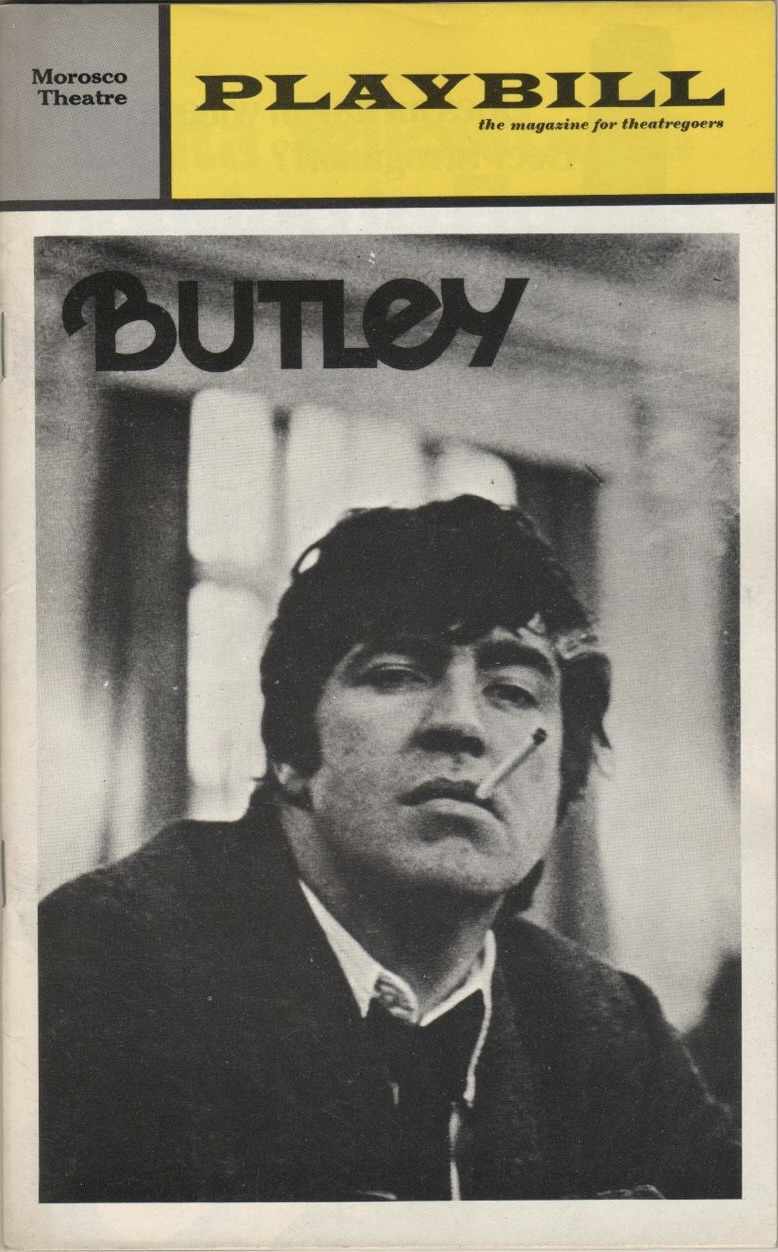



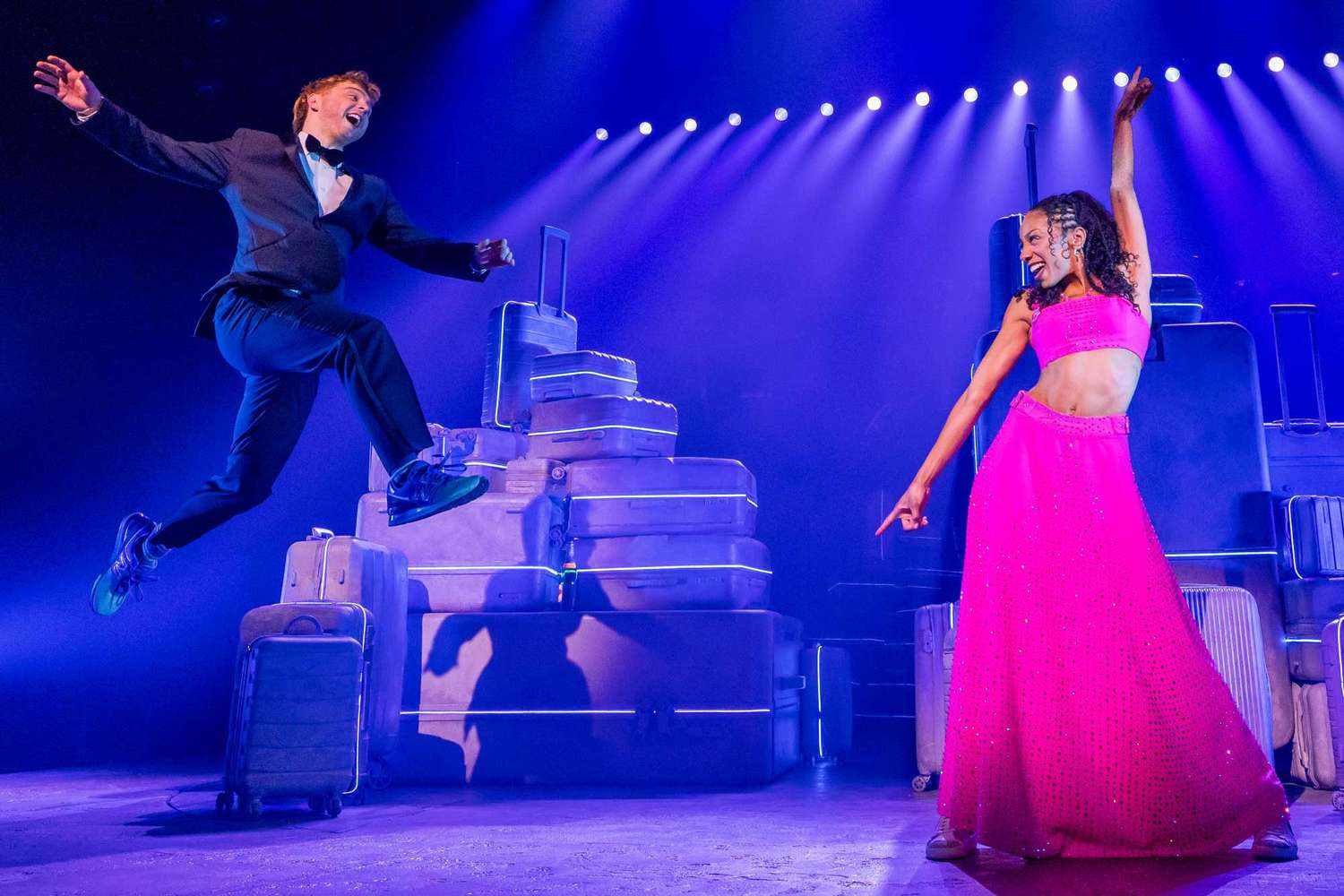
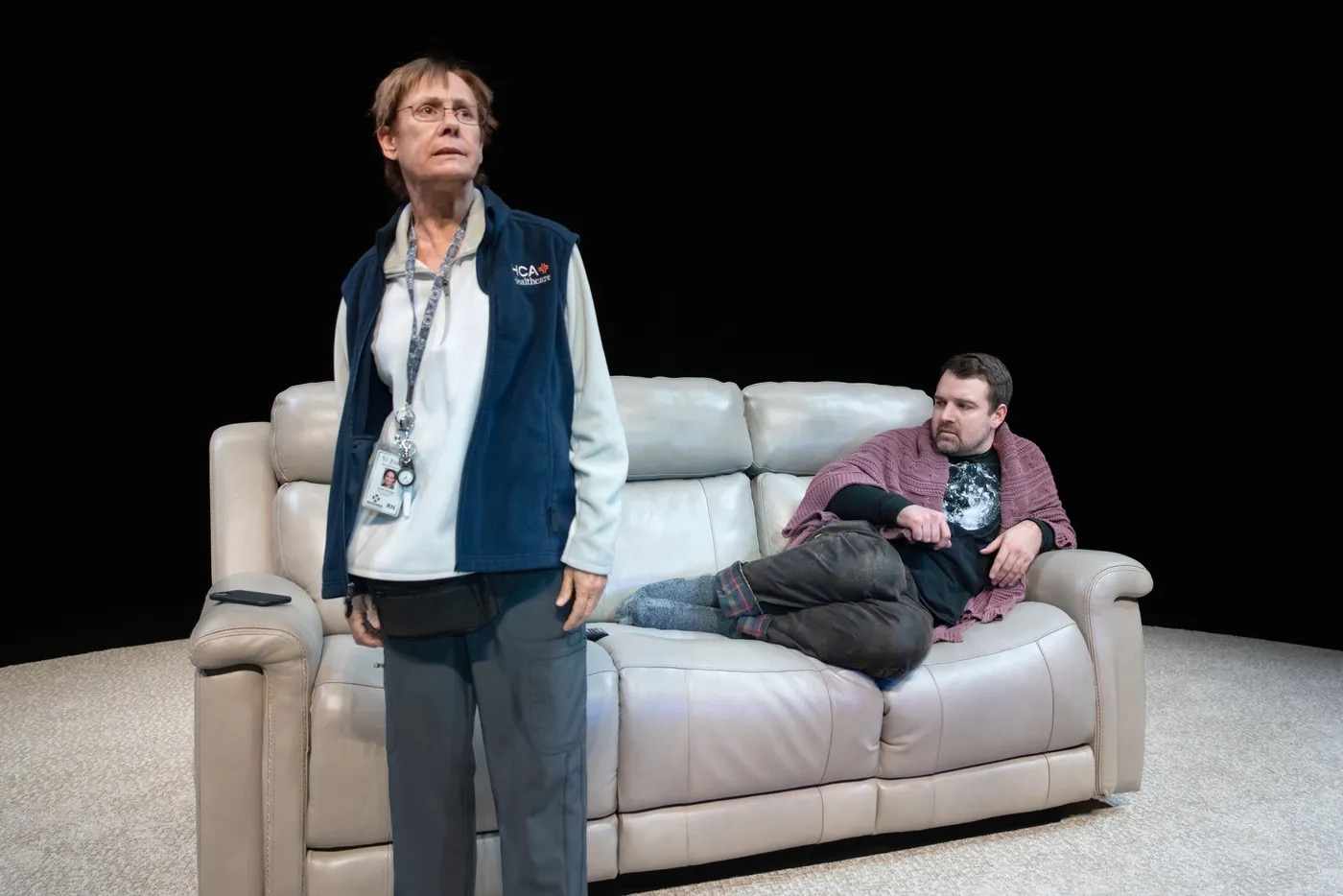
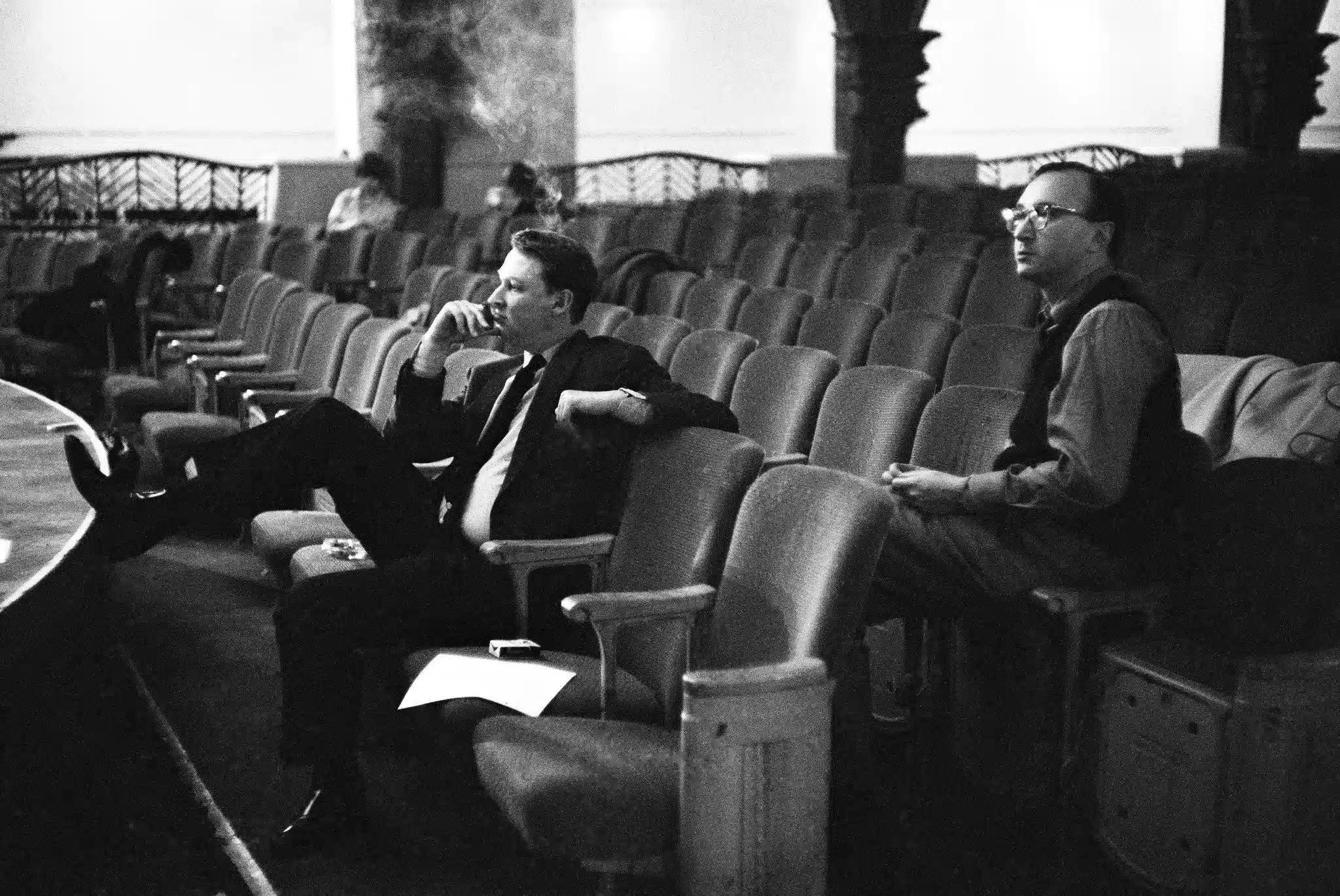

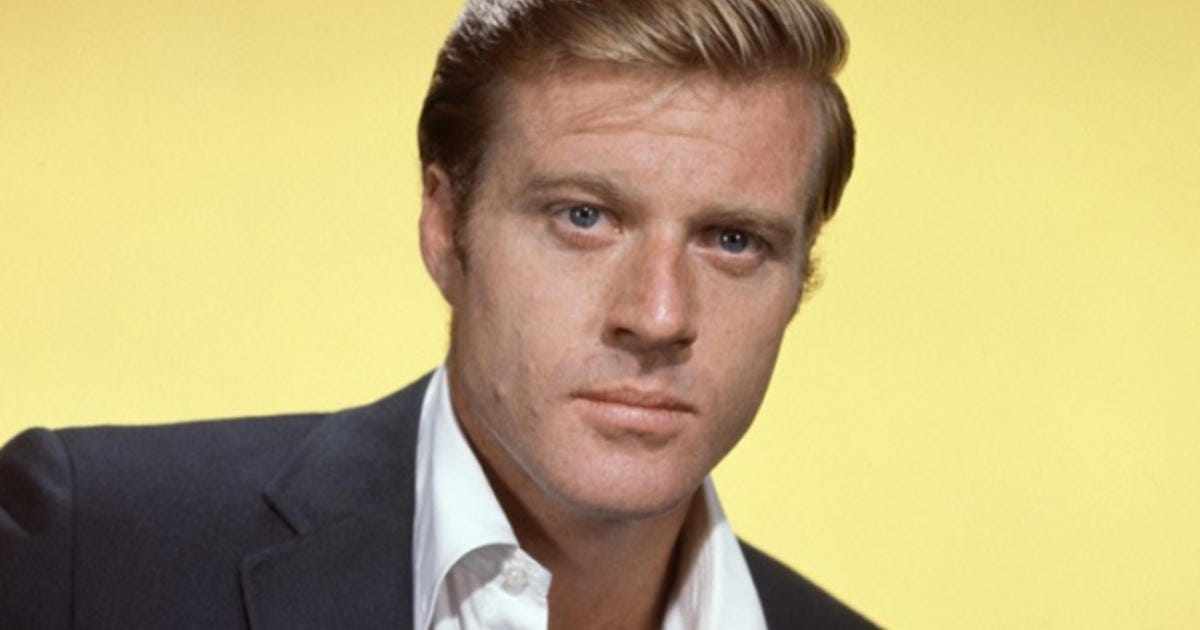
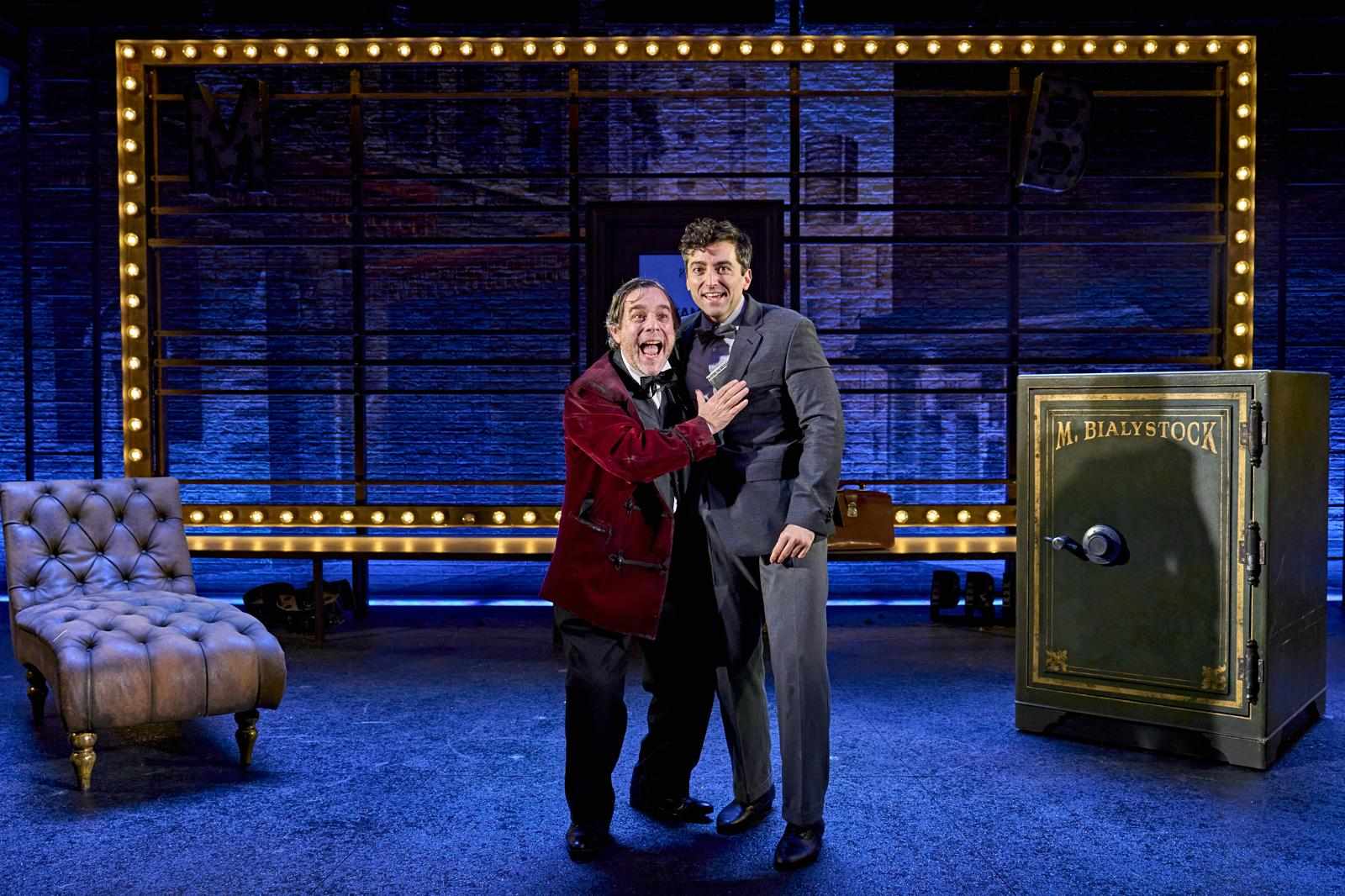
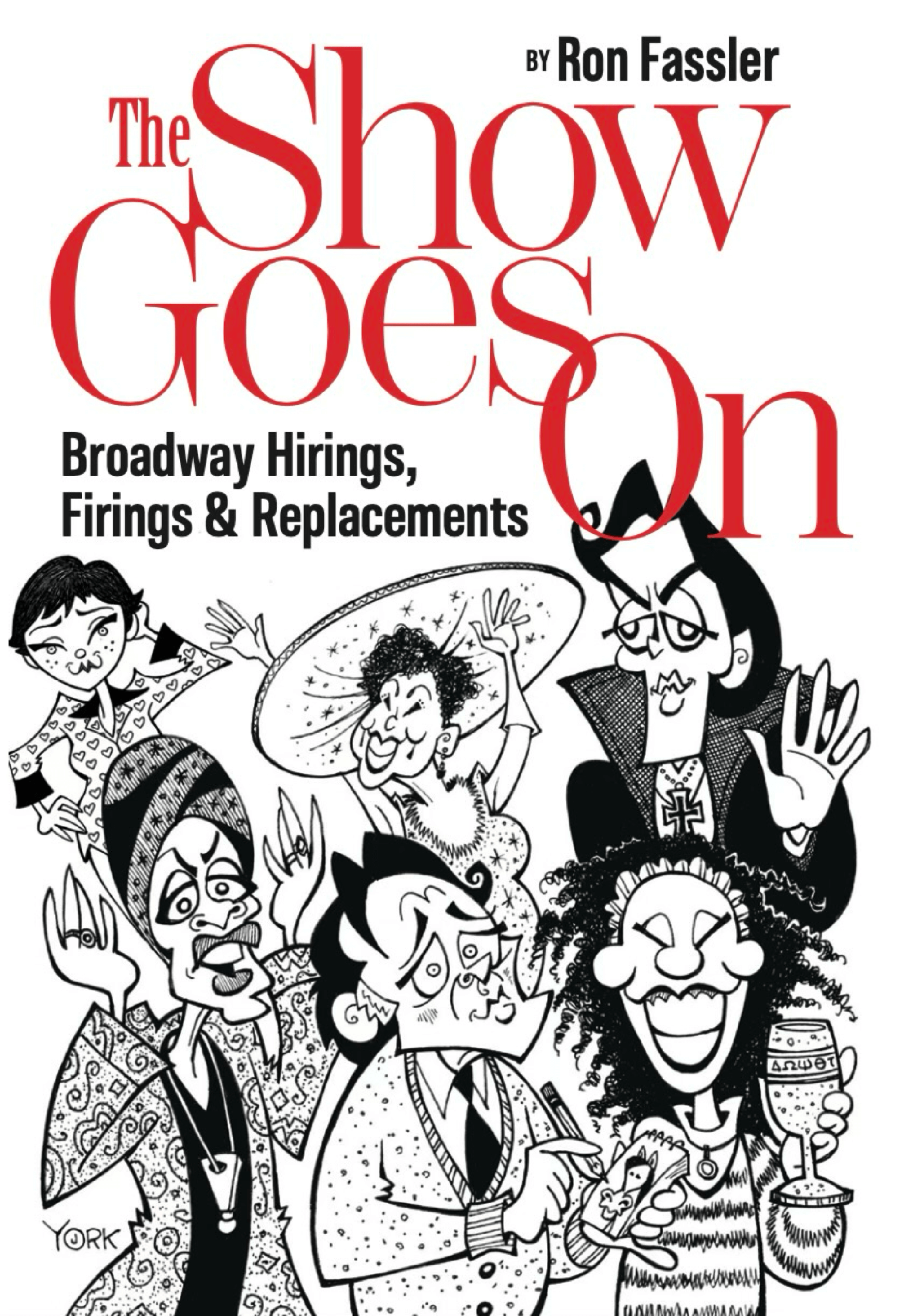
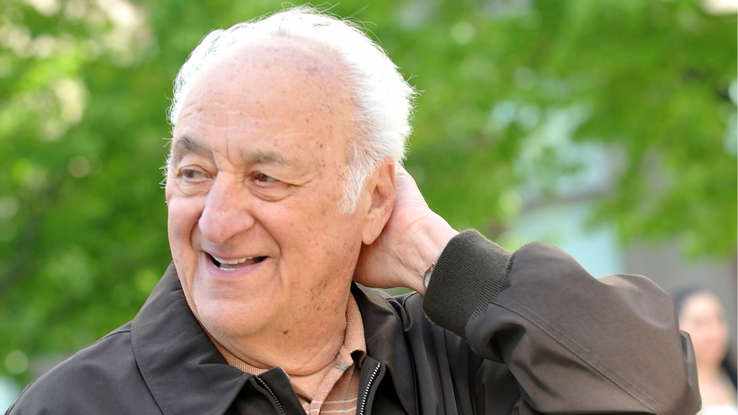
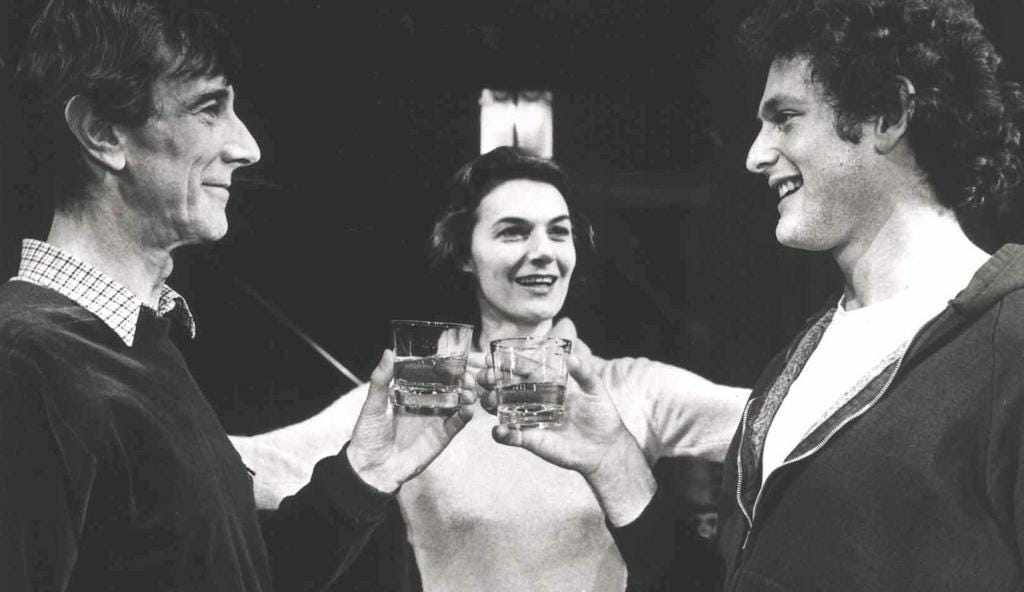





Write a comment ...